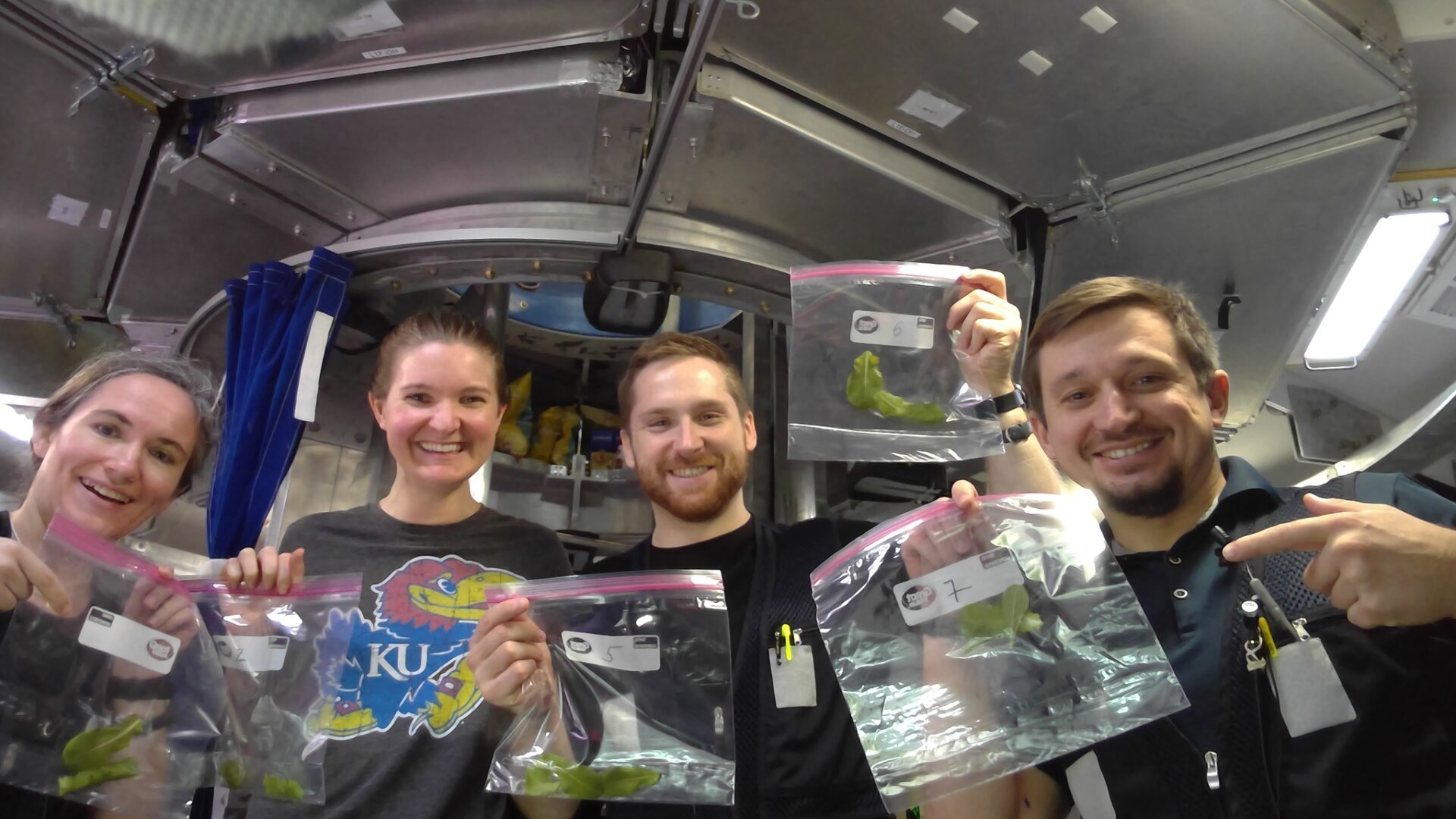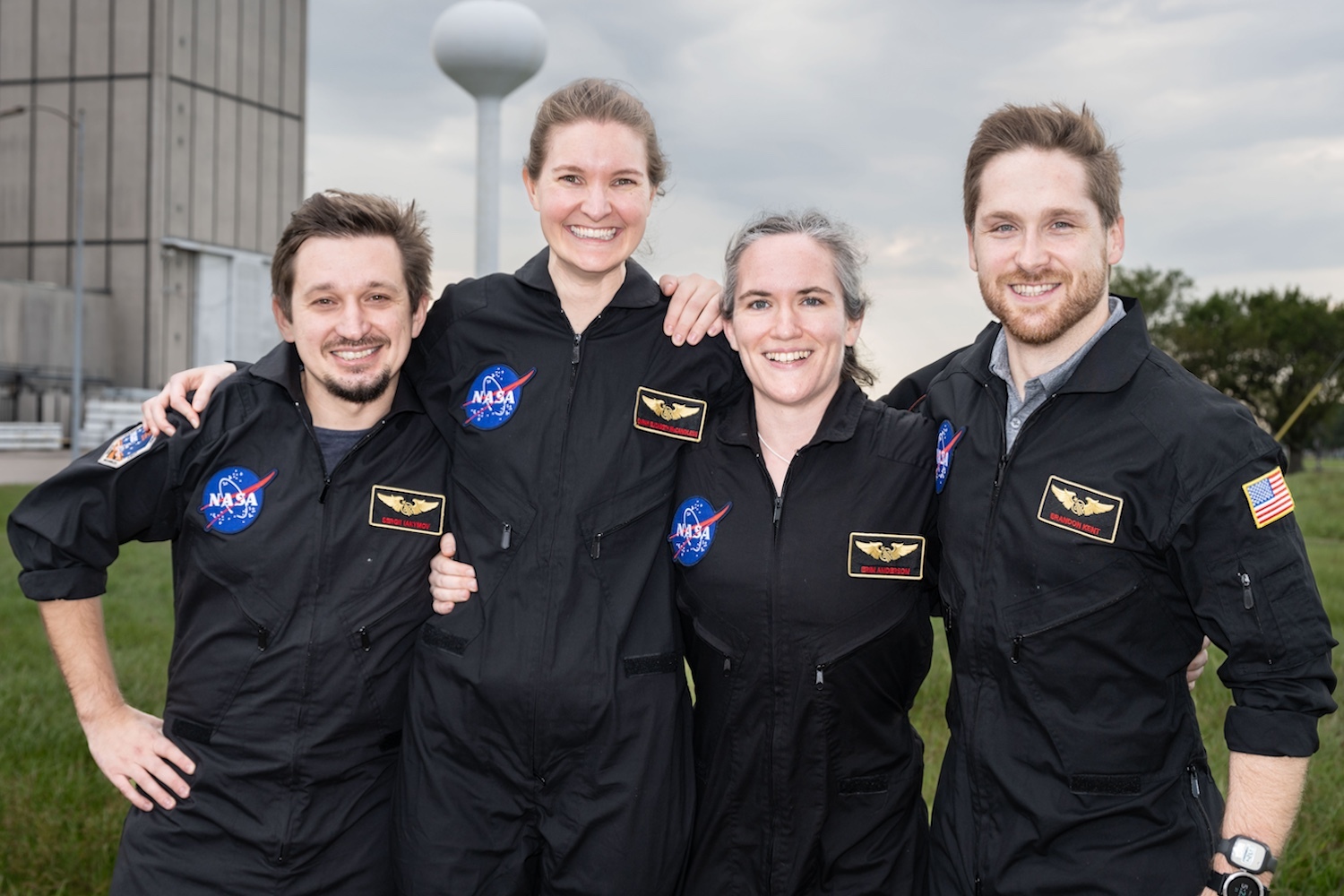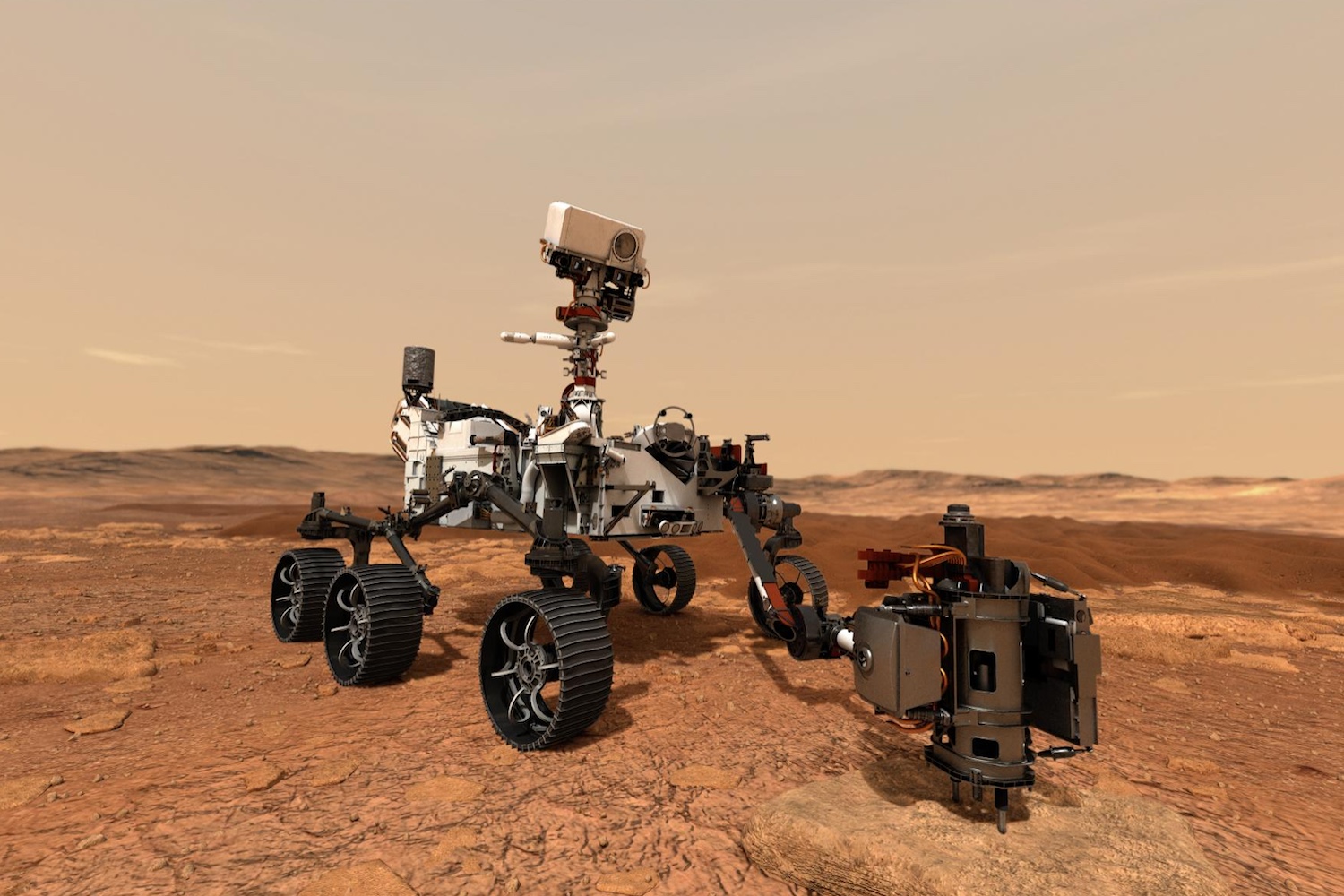A four-person crew has emerged from a simulated Mars mission, which NASA conducted inside a tiny habitat at Johnson Space Center in Houston. The volunteers were isolated for 45 days, performing tasks that mimicked those of a mission on the Red Planet.
The HERA (Human Exploration Research Analog) mission wrapped up on Monday, when the hatch was opened to the 650-square-foot habitat, marking the end of over a month of isolation for four volunteers simulating life on Mars. During their time inside the habitat, the HERA crew members carried out 18 studies to help NASA and other space agencies learn about how humans would respond to the confinement of taking part in a deep space mission, the demanding work-life conditions, as well as the nature of the remote environments.

This was the third crew to enter the HERA habitat. However, unlike past missions, this one included the most detailed assignments, closely replicating living and working conditions on Mars. HERA crew members harvested plants from a hydroponic garden located inside the habitat, and they deployed a cube satellite to simulate gathering data from Mars. Although they were kept inside the habitat, the crew walked across the Martian surface with the help of virtual reality and launched simulated drones to fly across the planet’s terrain.
“These activities are designed to immerse the crew in the task-focused mindset of astronauts,” NASA wrote in a statement. “NASA scientists then monitor HERA crew to assess how routine tasks, along with isolation and confinement, impact behavior and performance.” The crew consisted of Sergii Iakymov, Sarah Elizabeth McCandless, Erin Anderson, and Brandon Kent.
Throughout the duration of the mission, communication between the crew and mission control became more delayed, eventually reaching a five-minute lag to simulate the communication delay between Earth and Mars. “Scientists studying HERA crew are interested to see how this particular group builds independent, autonomous workflows, despite this communication delay,” according to NASA.
Previous simulated Mars missions primarily focused on observing the crew’s physiological, behavioral, and psychological responses in conditions meant to resemble a real mission to Mars. This time, however, the crew was tasked with specific assignments on top of being in a confined, isolated environment, pushing the experiment a step further as a mission to Mars draws nearer. Though no mission to Mars is currently scheduled, NASA is targeting the 2030 to 2040 timeframe for the first crewed mission to the Red Planet.
NASA runs an alternate Mars analog called the CHAPEA habitat, or Crew Health and Performance Exploration Analog, where volunteers spend over a year in the enclosed, Mars-like world. That habitat, however, is 1,700-square-feet.
The HERA habitat is a lot more snug, definitely not fit for a year’s stay. If you are interested in taking part in an upcoming HERA mission, NASA is looking for volunteers ages 30 to 55 who are non-smokers and healthy. You can apply here.
More: William Shatner Guides Celebs Through Simulated Mars Survival in New Reality Show














